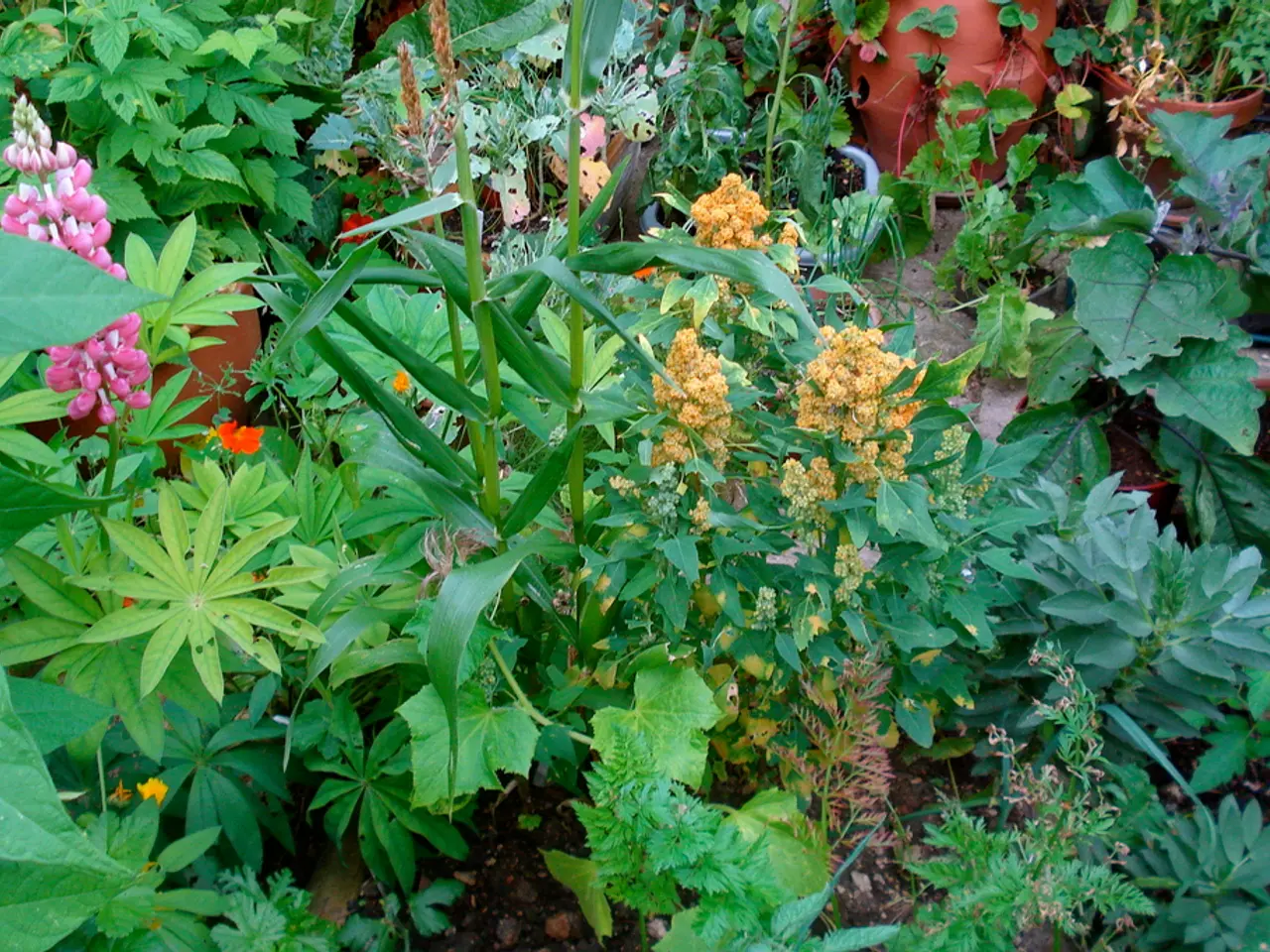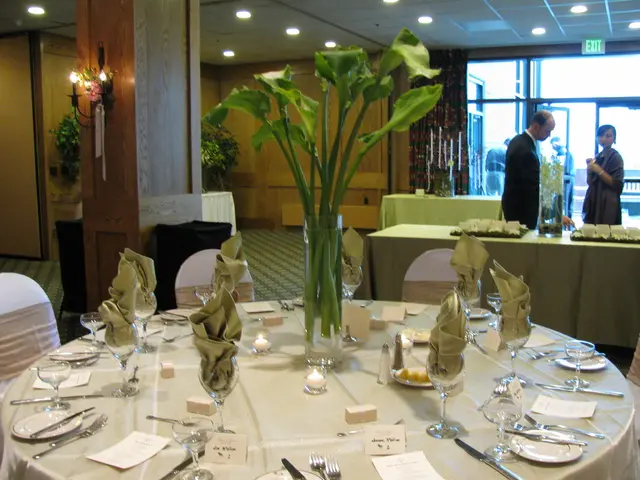Maintaining the Well-being of Greenery
In the realm of plant protection, the Integrated Plant Health Management (IPHM) approach has emerged as a comprehensive and environmentally friendly solution for managing plant pests and pathogens. This method, closely aligned with Integrated Pest Management (IPM) principles, encompasses five categories: Cultural Controls, Mechanical and Physical Controls, Biological Controls, Chemical Controls, and Monitoring and Decision-Making.
Cultural Controls focus on preventive measures that create an environment less favourable for pests and pathogens. By implementing practices such as crop rotation, proper spacing, fertilization, and irrigation, growers can reduce pest vulnerability. For instance, managing nitrogen levels can lower pest infestations because over-fertilized plants tend to be more susceptible.
Mechanical and Physical Controls involve directly removing or excluding pests, such as hand-picking insects, tillage to disrupt pest habitats, mulching, and barriers like nets or fences. These tactics reduce pest populations without the use of chemicals.
Biological Controls use natural enemies—predators, parasites, or pathogens—to reduce pest populations sustainably. For example, introducing ladybugs or parasitic wasps can control aphids and caterpillars, promoting biodiversity and decreasing chemical dependence.
Chemical Controls are used only as a last resort and involve selectively applying pesticides that have the least environmental impact. Systemic insecticides derived from neem oil are an example, offering protection while minimizing harm to beneficial organisms. Chemical use is carefully integrated to prevent resistance development and environmental contamination.
Monitoring and Decision-Making (essential in IPM/IPHM) involves regularly scouting fields, recording pest levels, and using thresholds to determine when intervention is necessary to avoid unnecessary treatments. Advanced technologies such as pest forecasting, GIS mapping, and software assist in making precise decisions, enhancing efficiency and sustainability.
Genetic host resistance, often recommended as the first line of defense for avoiding plant damage, is another method used in IPHM. Strict government inspections and quarantines of imported plants, plant products, and soil can help keep pests and pathogens out of a region or area.
Biological control organisms kill or suppress pathogens and pests through parasitism, competition, toxin production, or inducing physiological changes in host plants. On the grower level, many greenhouses and nurseries use quarantine measures to prevent the spread of pathogens.
For more information on microbial biopesticides for controlling plant diseases in organic farming, refer to the fact sheet "Microbial Biopesticides for the Control of Plant Diseases in Organic Farming." The U.S. Environmental Protection Agency at epa.gov is a great website to visit on regulatory measures.
Each manager, irrespective of their cropping system, will need to consider the complexities of the unique system being managed to develop an IPHM strategy that best meets their needs. By combining preventive, direct removal, natural enemy promotion, careful use of pesticides, and informed intervention timing, IPHM programs provide a holistic approach for managing plant health effectively while minimizing environmental impact and promoting long-term sustainability.
[1] Source: Integrated Pest Management: Principles, Strategies, and Tactics, 2nd Edition, by David R. Hull and James F. Settele (2011) [5] Source: Integrated Plant Health Management: A Review, by S. P. Tiwari and S. P. Singh (2014)
Figure 1 shows an illustration of managing healthy plants using an integrated approach, highlighting the five categories of Integrated Plant Health Management.
- In the realm of farming and agriculture, the strategic approach known as Integrated Plant Health Management (IPHM) has emerged as a sustainable and eco-friendly solution for pest management in crops.
- This method, closely resembling Integrated Pest Management (IPM) principles, consists of five primary categories: Cultural Controls, Mechanical and Physical Controls, Biological Controls, Chemical Controls, and Monitoring and Decision-Making.
- Adopting a home-and-garden lifestyle or engaging in gardening can also benefit from IPHM practices, such as controlling pests organically through native predators, proper fertilization, and smart irrigation techniques.
- The science of IPHM emphasizes genetic host resistance, strict government inspections, and judicious use of pesticides to promote long-term sustainability and maintain healthy soil ecosystems.




